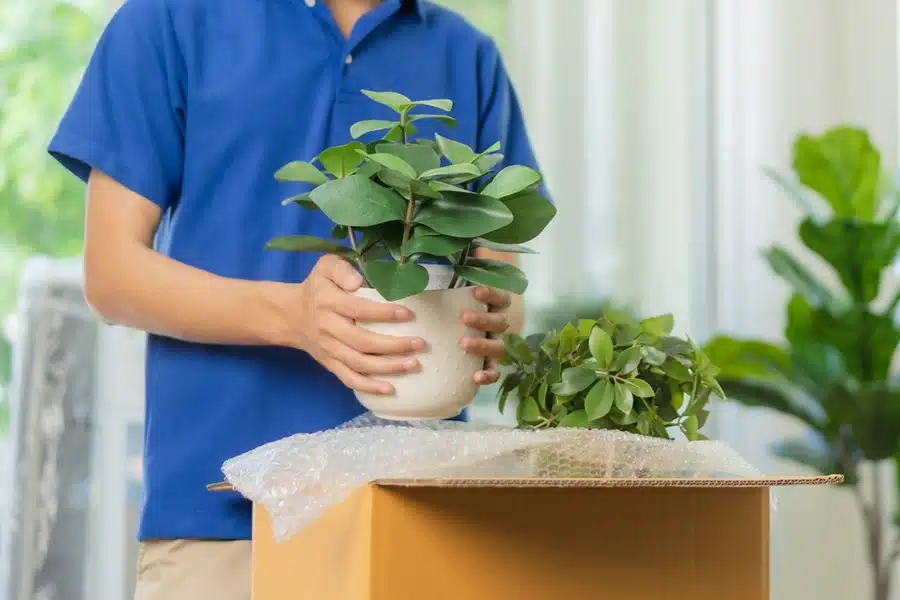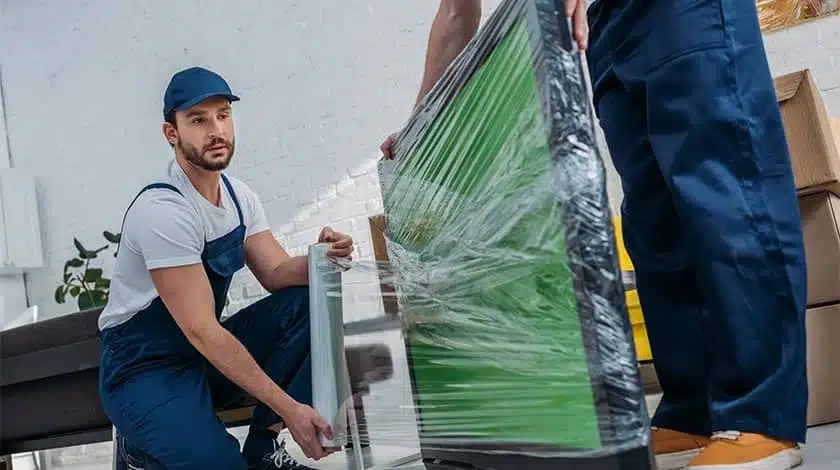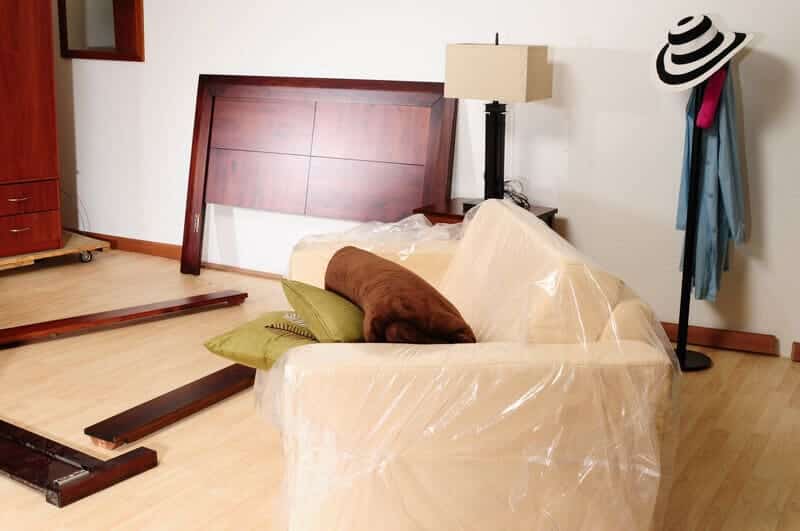How to Move With Plants – Moving to a new house, but worried about How To Move With Plants? If so, then your search ends here. We understand how tricky it is to move a plant to your new location; therefore, we have made this blog to make your problem easy. Plants are also stressed when their environment changes, and sometimes do not survive. That’s why proper preparation and a little planning can help you in moving your plants yourself with less damage. In this article, we provide you with some tips on How to Move With Plants and also learn how to take care of them in your new home.

How to Move Your Plants Safely
When you move with your plants, it takes patience, organisation, and a green thumb. You shouldn’t have any issues because these are all necessary for growing and caring for plants! The journey’s duration should be taken into account because it can have a significant impact on the procedure. Relocating locally shouldn’t present many difficulties. However, longer moves have additional factors to take into account. So let’s check out how to move plants carefully.
How to Move With Plants | Tips to Safely Move Plants to Your New Home
Ask Your Removal Company Before Moving Day – Give a notice to your removal company that you want to move your plants if you’re using them for a large plant relocation. Some businesses would rather not take plants because they are fragile and brittle. Since you will be the most careful with the plants, it is best to transport them yourself.
Check Your Plants for Pests – Make sure there are no bugs on any of your plants before placing them all in one location. You don’t want to run the risk of spreading the infection.
Don’t Water Right Before Moving – Within three days of the move, avoid watering your plant. It can reduce the chances of leaking, and they will weigh less throughout the day.
Consider Pruning – Before moving, mature plants might benefit from a little pruning. Long limbs are less likely to break if plants are pruned back into a compact shape.
On Moving Day
Remove Your Plants from Decorative Pots – If at all possible, remove your plants from their decorative pots and place them solely in their plastic nursery pot. They will be easier to carry as a result. Your favorite pots will also be less likely to break because you can pack and wrap them separately.
Wrap Large or Delicate Plants – If at all possible, put plants in separate boxes and fasten them with biodegradable packing peanuts or crumpled newspaper. They should be safe but not crushed. Try wrapping large plants, such as fiddle leaf fig trees, in horticultural fleece if they are too big to fit in boxes. It will give your plant some cushioning without making it heavier, and it’s made to keep plants warm in the winter.
Insulate Pants in Winter – You may want to purchase a large quantity of horticultural fleece if you’re relocating during extremely cold weather. Before you package your plants, carefully wrap them in this. Reduce the amount of time your plants are exposed to the elements because temperatures below around 5 degrees can harm them.
What to Do in Your New Home
Unpack Your Plant Immediately – Unpacking is the worst, but make sure to unpack your plants as soon as you get there, even if you leave all the kitchenware for a few days. Sitting in the dark won’t appeal to them.
Put Your Plants Somewhere Calm – Make sure your plants are comfortable and at ease when you move to a new location. As they settle in, they want a neutral location. Place them together in an area with moderate light levels—not in the sun, but not too dark. Give them a good mist with a mister instead of watering them right away. Be careful not to give them a full soak when you water them. For at least three to four days, leave them there.
No Feeding Straight Away – You don’t want to stress your plants while they’re acclimating. In this instance, that entails refraining from repotting, pruning, or feeding for a minimum of a few weeks. When your plants are adjusting, they don’t need to be in growing mode, which is what these actions would put them in. Allow them to experience the atmosphere. You’ll all feel at home in your new house in no time.
Wrapping Up!
Moving with plants needs attention and requires a blend of planning and care. The right environment is essential to ensure they arrive at your new location healthy and thriving. So, whether you are moving locally or across states, these factors are important to consider for making your plant move easy. By using appropriate transportation methods, temperature control, and container types, you can make your plant feel fresh. Using above mentioned tips on how to move with a plant safely can make your transition smoothly and continue to bring life and freshness to your new home.
FAQs About How to Move Plants with Care
How do I prepare plants for a move?
You can do various things before your moving day, like trim dead leaves, check for pests, repot if necessary, and water them a few days before moving.
How should I pack plants for a move?
You can use sturdy boxes, keep plants upright, cushion pots with paper or towels, and ensure proper ventilation.
What’s the best time of day to move plants?
You can move your plants in the early morning or late evening is ideal, especially in summer, to avoid exposing plants to extreme heat.
What should I do with my plants after moving?
Unpack your plants as soon as possible and place them in a suitable area with adequate light, and allow them to adjust gradually.
How do we move large indoor plants?
You can wrap the pot with plastic to prevent spills, use a dolly or trolley for transport, and secure their branches with soft ties.




